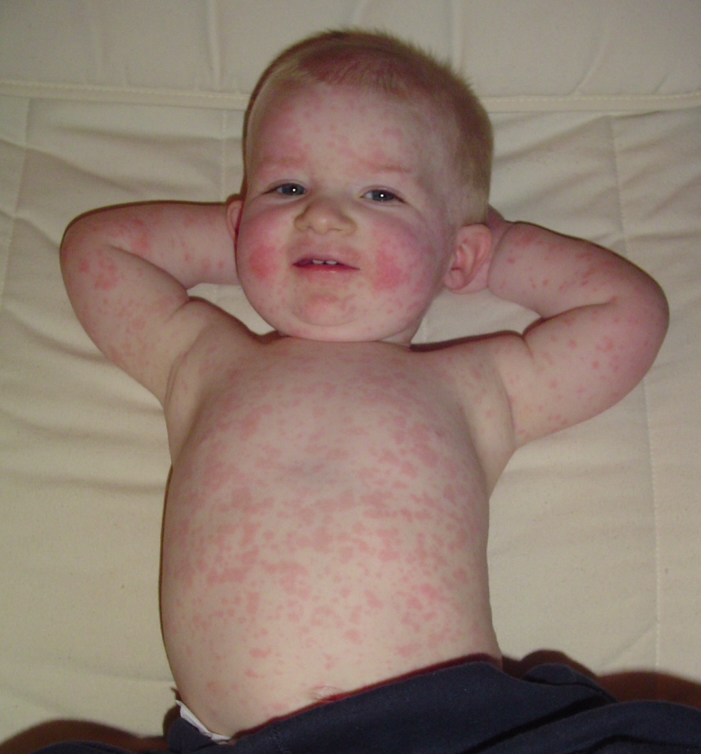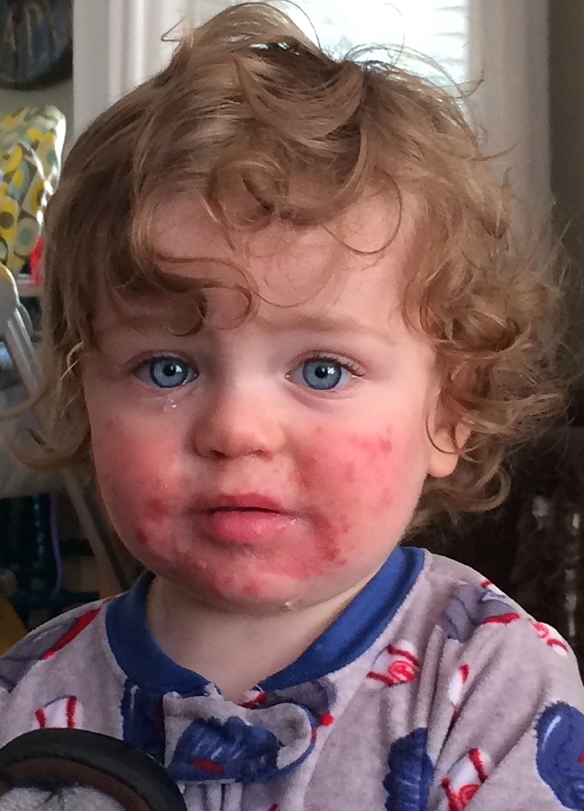Table of Contents
Overview
Parvovirus B19, also known as “5th disease,” is a common childhood viral infection caused by human parvovirus B19. It typically presents with a mild prodrome followed by a classic erythematous facial rash (“slapped cheek” appearance). While generally self-limiting in immunocompetent children, the virus can cause significant complications in certain populations, including haemolytic crisis in patients with chronic anaemia and fetal hydrops in pregnant women due to intrauterine infection. Understanding the pathogenesis and potential complications of parvovirus B19 is crucial for safe clinical practice.
Definition
A contagious viral exanthem of childhood caused by parvovirus B19, historically recognised as the “fifth disease” among the classical childhood exanthems.
Aetiology
- Causative Agent: Human parvovirus B19
- Belongs to the Parvoviridae family
- Non-enveloped, single-stranded DNA virus
Transmission
- Respiratory droplets (primary mode)
- Blood-borne transmission
- Transplacental spread to fetus
Pathophysiology
- Parvovirus B19 targets rapidly dividing cells, particularly erythroid precursors in the bone marrow
- Receptor: P antigen (globoside) – widely expressed in mesodermal tissues
- → Inhibits erythropoiesis
- → Leads to transient aplastic crisis in patients with haemolytic anaemias (e.g. sickle cell disease)
- In pregnancy:
- Crosses placenta
- → Can cause fetal anaemia
- → Risk of hydrops fetalis and fetal loss
Clinical Features
- Incubation period: 4–14 days
- Prodromal phase:
- Low-grade fever
- Malaise
- Rash phase (immune-mediated):
- Children:
- Bright red “slapped cheek” rash
- Followed by a lace-like rash on trunk and limbs
- Teenagers/adults:
- “Gloves and socks syndrome” – painful or pruritic papular purpuric rash confined to hands and feet
- Children:
- Arthralgia/arthritis in adults (more common in women)
- In immunocompromised: chronic anaemia without rash


2. Sandyjameslord, CC BY-SA 4.0 <https://creativecommons.org/licenses/by-sa/4.0>, via Wikimedia Commons
Complications
- Aplastic crisis in haemolytic anaemias
- Fetal complications:
- Miscarriage
- Hydrops fetalis
- Fetal anaemia
- Chronic anaemia in immunocompromised individuals
Diagnosis
- Usually clinical in children with classic rash
- Serology:
- Parvovirus B19-specific IgM (acute) and IgG (past infection)
- PCR testing for B19 DNA (especially in immunocompromised or prenatal cases)
- Fetal ultrasound: detect hydrops in suspected congenital infection
Management
- Supportive care:
- Antipyretics
- Fluids
- Transfusions may be required in aplastic crisis
- IVIG for immunocompromised patients with chronic infection
- Prenatal management:
- Monitor fetal well-being
- Intrauterine transfusion if indicated for fetal anaemia
Summary
Parvovirus B19 causes the classic childhood rash known as “5th disease,” with a distinctive slapped cheek appearance in children and a purpuric gloves and socks rash in adolescents. While often benign, complications like aplastic crisis or fetal hydrops can occur in at-risk groups. For a broader context, see our Skin & Dermatology Overview page.